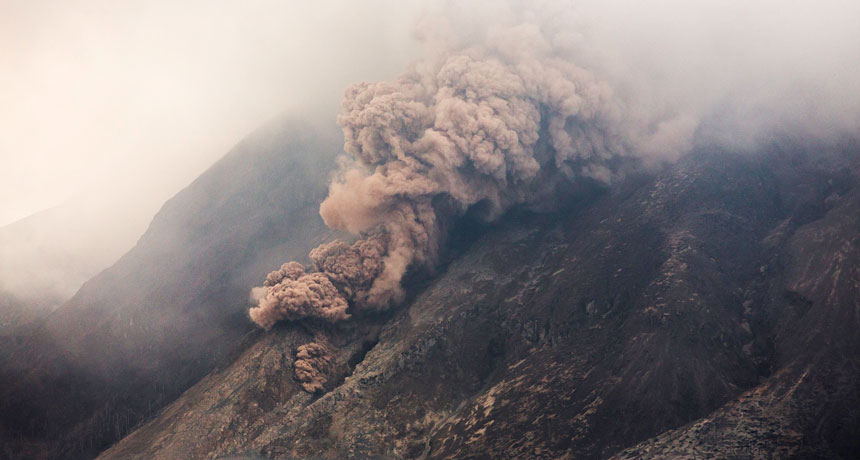
FAST FLOW Simulating avalanches of volcanic material called pyroclastic flows in the lab show how these currents cover so much ground.
andersen_oystein/iStock/Getty Images Plus

FAST FLOW Simulating avalanches of volcanic material called pyroclastic flows in the lab show how these currents cover so much ground.
andersen_oystein/iStock/Getty Images Plus